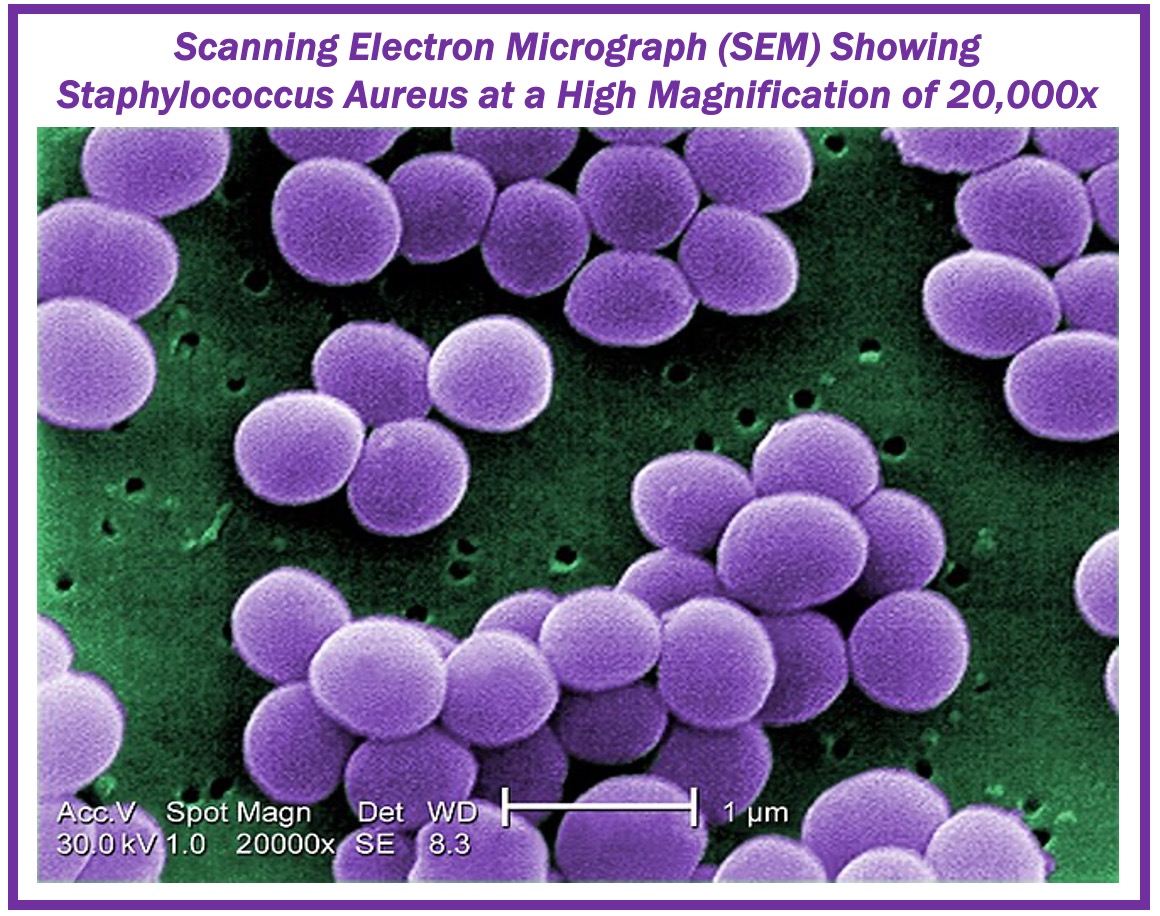What is a Staph Infection? Causes, symptoms, treatment, complications, and prevention
A staph infection is caused by Staphylococcus bacteria. There are over 30 different types of staph, but Staphylococcus aureus is the primary cause of infections.
While normally found harmlessly on the skin or in the nose, these bacteria can become problematic when they penetrate deeper into the body, potentially developing into life-threatening complications.
Causes
How does one get a staph infection? Here are the most common ways:
- Broken skin
Staph bacteria can enter the body through cuts, scrapes, or other types of wounds.
- Contact
The bacteria can be spread through direct contact with an infected person or objects they have touched.
- Weak immune system
Individuals with weakened immune systems are more prone to infections.
Signs and symptoms
Staph infection symptoms may vary, depending on the area that is affected. Common signs and symptoms include:
- Skin infections
Impetigo, boils, or cellulitis. The area that is affected can be red, swollen, and painful. Pus or other drainage is also possible.
- Food poisoning
Toxins produced by Staph bacteria can cause nausea, vomiting, diarrhea, and dehydration.
- Septicemia
Septicemia is a bloodstream infection. When the bacteria that causes a staph infection enters the bloodstream, it may lead to fever, low blood pressure, and in severe cases, septic shock.
- Joint infections
You may feel pain in an elbow or knee. It might also be swollen and warm to the touch.

Treatment
The treatment for a staph infection depends on the type and the severity of the infection:
- Antibiotics
Penicillin had been an extremely effective treatment. However, some strains have become resistant. Doctors now might prescribe different antibiotics, depending on the infection type.
- Draining
In some cases, the doctor might have to make a small incision to drain pus from a boil or an abscess.
- Hospitalization
If bacteria spread to internal organs or enter the bloodstream, the patient may need to be hospitalized.
Complications
If not treated properly and quickly, a staph infection can lead to:
- Sepsis
A potentially fatal reaction of your body to an infection.
- Endocarditis
An infection of the heart’s inner lining.
- Osteomyelitis
A bone infection.
Remember, if you think you have a staph infection, it is very important to see a doctor as fast as possible. Early treatment can help prevent more severe complications.
How long does a staph usually last? According to mercy.com:
“1-3 weeks.”
Prevention
Always choose prevention over treatment. Here’s how to lower your risk:
- Wash Your Hands
Wash your hands consistently with soap and water.
- Keep Wounds Covered
Cover any wounds or scrapes with a bandage.
- Don’t share personal items
Especially towels, razors, and clothing.
- Shower Immediately following athletic activities
If you participate in sports or gym activities, shower as soon as you have finished.
- Stay away from infected people
If someone has a staph infection, avoid close contact until they’ve completed treatment or are medically cleared.
Written by Nicolas Perez Diaz, October 17, 2023.

